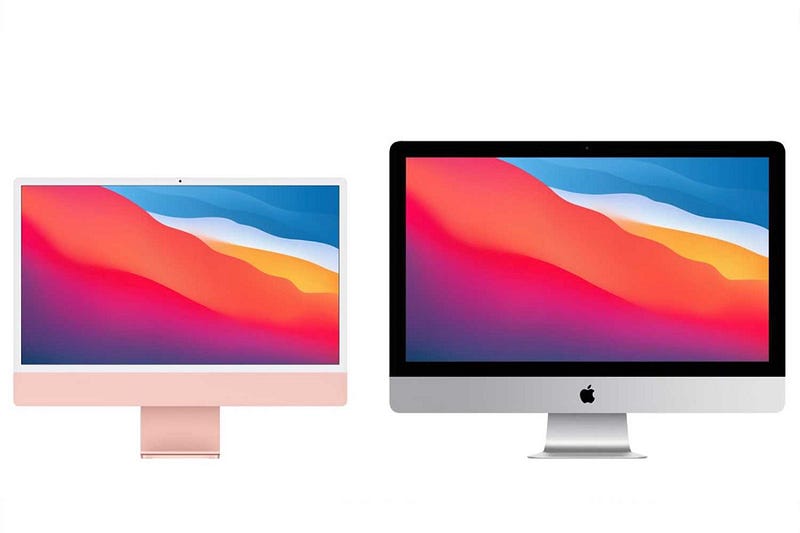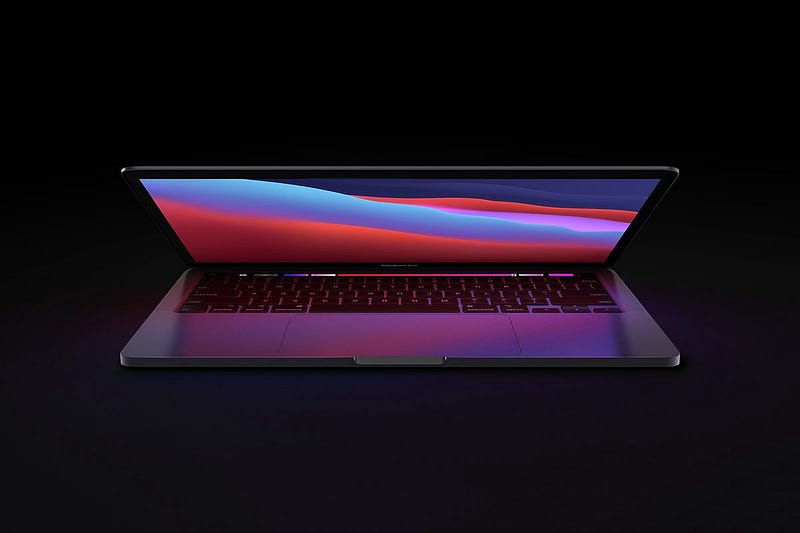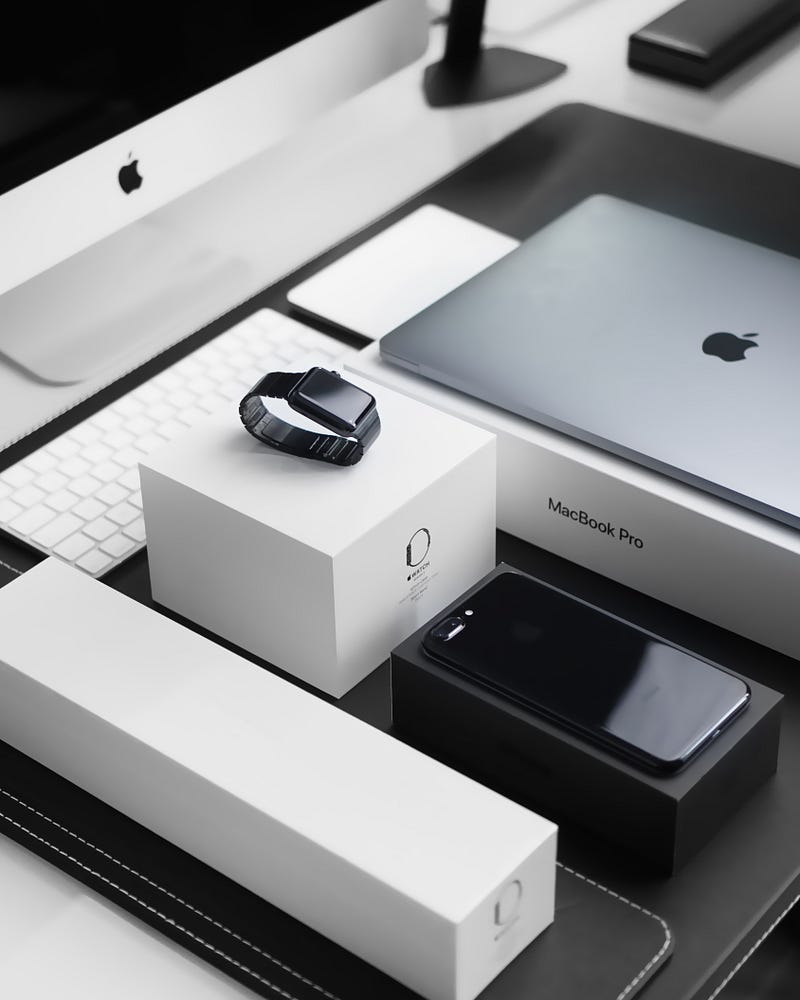Apple's Innovative Leap: M1, M2, M3, and the Future Ahead
Written on
Introduction to Apple's Silicon Transition
In June 2020, Apple revealed its ambitious plan to shift to its own silicon chips, targeting a complete transition away from Intel to M-series chips within two years. As we now surpass that timeline, it’s essential to evaluate Apple’s progress and the implications of this transition.
The Genesis of Change
Apple has a history of revamping its chip architecture whenever a superior option emerges. This transition marks Apple's third significant shift: the first was in 1994 with the move to PowerPC chips from the Motorola 68000 series, followed by a transition to Intel processors in 2005-2006. However, recent Intel-based devices have struggled with performance and overheating, prompting Apple to capitalize on the advancements of its own silicon.
Starting in 2010 with the A4 chip and advancing to the A12, Apple laid the groundwork for the M-series. The M1 chip, which was introduced following years of development, showcased significant potential for various devices.
What Apple Has Achieved So Far
Apple's strategy has been to gradually phase out Intel chips across its entire product line. This extensive effort involves redesigning devices to incorporate their own chips, tailored to meet the specific requirements of different models.
Redesigning Key Devices
Apple has aimed to enhance virtually all its devices through this transition. Some products, like the iPad, already enjoyed a solid reputation, so they received updates, including the introduction of the M-chip, without drastic changes to their design. The iPad remains familiar in size and aesthetics but benefits from improved performance and new features.

While the Mac mini has not undergone significant redesigns, it has been upgraded with the M1 chip, and the recent addition of the M2 chip has further enhanced its capabilities.
Devices in Need of Major Updates
Certain aging models, like the iMac, were overdue for a substantial overhaul. Apple not only equipped the smaller iMac with the M1 chip but also redesigned it with a larger 24-inch display, aligning better with consumer preferences for bigger screens. Plans are also in place for a new 32-inch version, improving on the previous 27-inch model.

Similarly, the MacBook Pro lineup received a significant refresh this year, featuring updated sizes, a revival of older ports for practicality, and a modernized design that resonates with current trends.

Conclusions and Insights
The transition to M-series chips represents just the beginning of a broader vision for Apple. By becoming self-sufficient in chip production, Apple can streamline the development process, focusing on perfecting a single chip that can be tailored to different devices.
This approach not only enhances integration across Apple’s ecosystem but also promises superior performance compared to Intel’s offerings. The M1 chip has already set a high benchmark, and with continued innovation, Apple aims to elevate all its devices to new heights, ensuring that each one is a leader in its category.

Exploring Apple's Future Innovations
In this video, we delve into Apple's controversial decisions regarding its creator community and their implications.
The Best of Apple: iPhone 13 Explained
This segment explores why many believe the iPhone 13 is Apple's finest creation yet, highlighting its standout features and advancements.